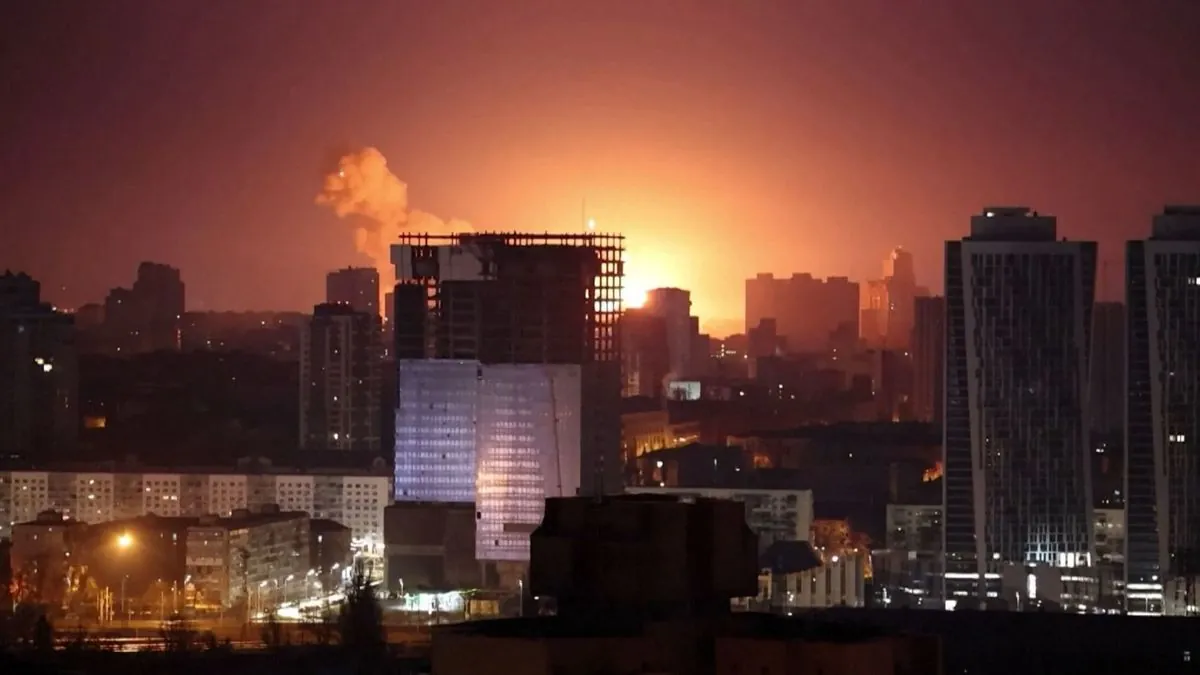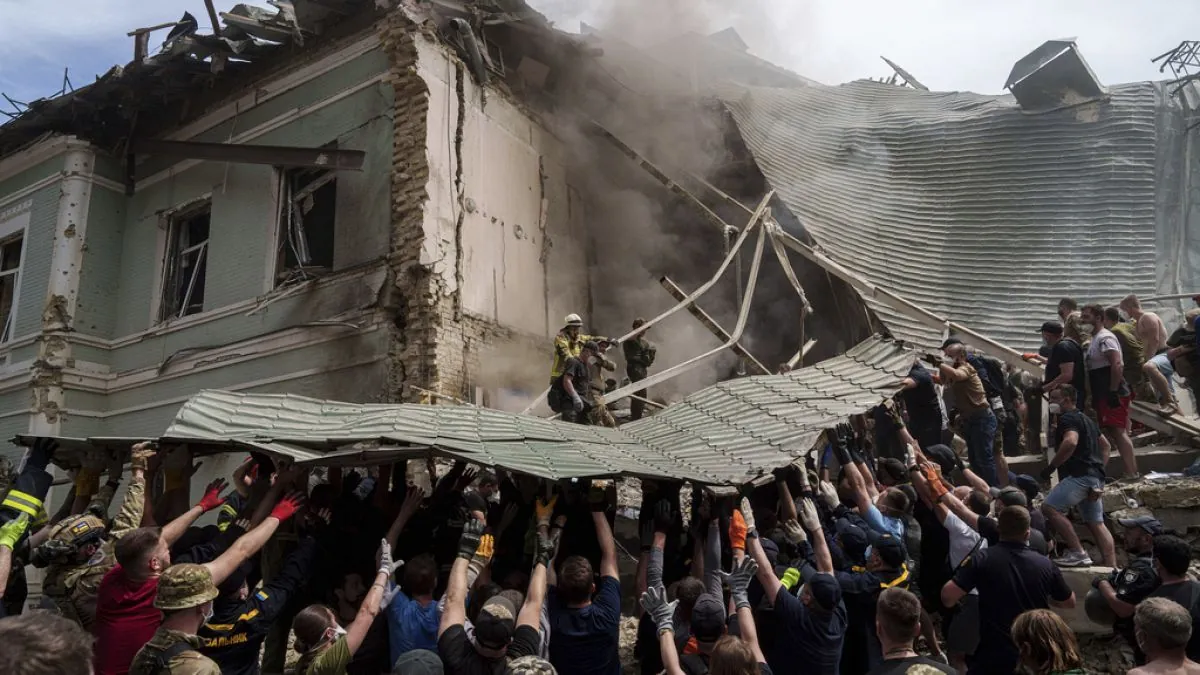Russia Launches Massive Missile and Drone Attack on Kyiv
Russia unleashed a barrage of missiles and drones on Kyiv, causing explosions and injuries. The attack follows recent Ukrainian incursions and drone interceptions, escalating tensions in the ongoing conflict.

In the early hours of September 2, 2024, Russia initiated a large-scale assault on Kyiv, employing a combination of drones, cruise missiles, and ballistic missiles. The Ukrainian capital experienced multiple explosions, prompting residents to seek refuge in bomb shelters, which have become an integral part of urban infrastructure since the onset of the Russian invasion approximately 2.5 years ago.
Vitalii Klitschko, the mayor of Kyiv and former world heavyweight boxing champion, reported that emergency services were dispatched to the Holosiivskyi and Solomianskyi districts. One individual sustained injuries from falling debris in the Shevchenkivskyi district. Kyiv, home to about 3 million people, has been a frequent target of Russian attacks throughout the conflict.
The Ukrainian Air Force, responsible for defending the country's airspace, confirmed the multi-pronged nature of the attack. Cruise missiles, which utilize lifting wings and jet propulsion for sustained flight, were launched in several groups. These were accompanied by ballistic missiles, which follow a predetermined trajectory to their targets, and unmanned aerial vehicles (UAVs) or drones.
Andrii Yermak, head of the Presidential Office of Ukraine, used the Telegram messaging platform to issue a stern warning: "There will be an answer for everything. The enemy will feel it." This statement underscores the ongoing tension and retaliatory nature of the conflict.

The assault on Kyiv was not isolated, as reports emerged of an explosion in Kharkiv, Ukraine's second-largest city located in the northeast. This coordinated attack demonstrates Russia's continued aggression across multiple fronts.
This latest offensive comes just one day after Russian military sources claimed to have intercepted and destroyed 158 Ukrainian drones targeting various regions within Russia. The scale of this reported interception suggests an escalation in Ukraine's long-range strike capabilities.
The context of this attack is further complicated by recent events in the Kursk region, an oblast in western Russia bordering Ukraine. In the weeks leading up to this assault, Ukrainian forces reportedly made incursions into this area, challenging Russian control and eliciting promises of retaliation from the Kremlin.
As the conflict approaches its third year, it's important to note that it began in 2014 with Russia's annexation of Crimea, long before the full-scale invasion. The ongoing war has seen both sides employing increasingly sophisticated weaponry and tactics, with civilian populations often caught in the crossfire.
International humanitarian law explicitly prohibits attacks on civilians and civilian infrastructure during armed conflicts. However, the reality on the ground in Ukraine continues to challenge these principles, with urban areas frequently targeted.
As the situation develops, the international community watches closely, aware that each new attack has the potential to further escalate a conflict that has already reshaped geopolitics in Eastern Europe and beyond.


































